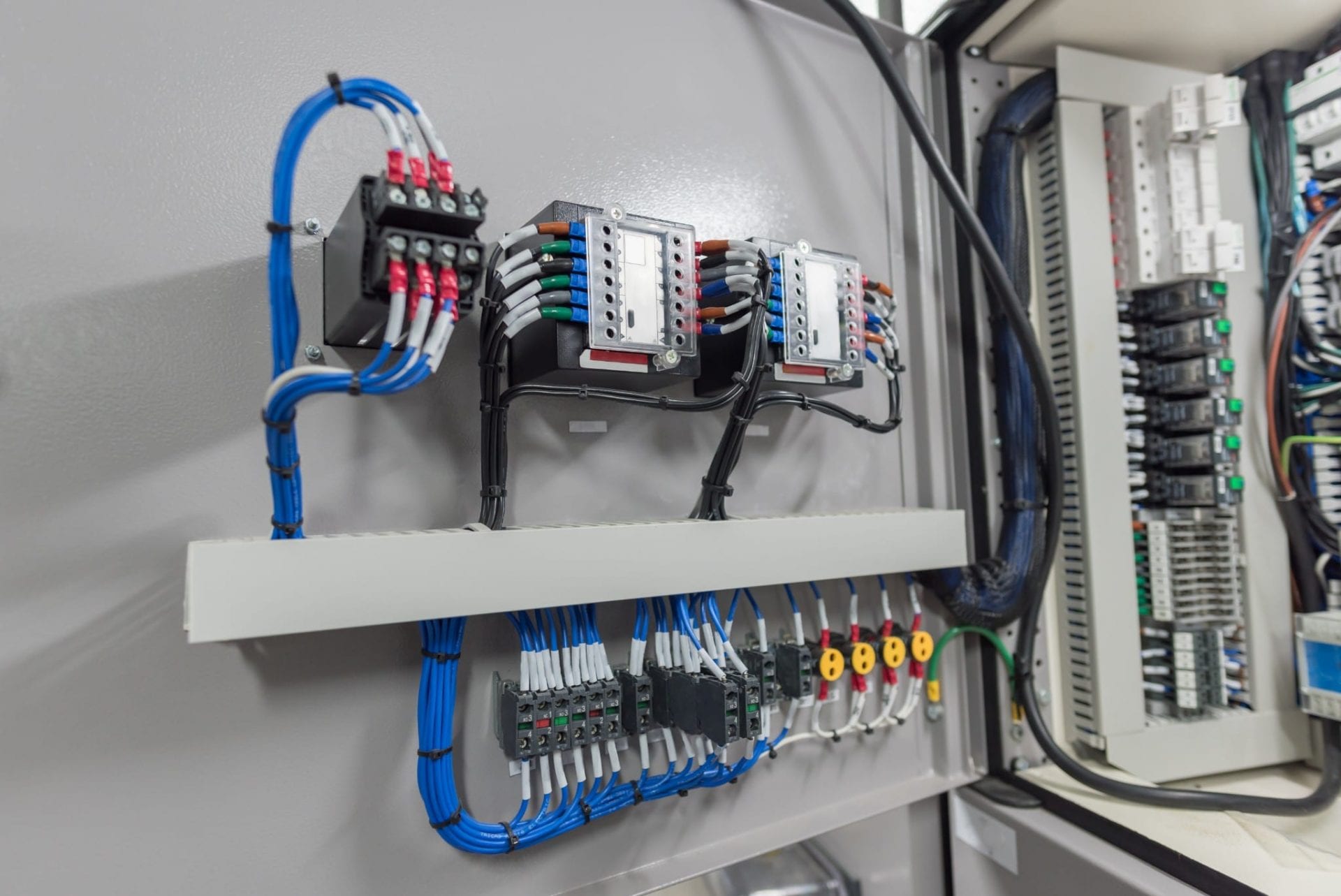Electrical Wiring for Beginners: The Definitive Guide

The electrical wiring is an essential component of any home and understanding it is crucial for each homeowner. Not only does it help to ensure the smooth functioning of your home however, it is essential to ensure your safety. In this article, we will examine the fundamentals of electrical wiring, the importance of safety and the advantages of hiring an accredited residential electrician for all your electrical wiring requirements.
Understanding the basics of electrical wiring
Wiring for electrical purposes is the set of electrical conductors which run throughout your home, providing electricity to your appliances or devices as well as lighting fixtures. It functions by creating electrical circuits which connect your electrical power source with your gadgets. Circuits for electrical power are comprised of wires, switches, along with other electronic components, which work to form a secure and efficient electrical system. There are various kinds of electrical wiring. These include aluminum, copper, and types of wire insulation such as PVC paper, rubber, or.
Preparation and Planning for Electrical Wiring
When installing an electrical wire, you must consider several things to think about, including the kind of wiring you require, the power capacity of your electrical system, and the power requirements you require. It is also important to be aware of the electrical rules and regulations for wiring as well as the permits needed in your area. To be prepared for electrical wiring, create an electrical plan and assess your electrical requirements. This will help make sure that the electrical wiring is safe efficient, reliable, and meets your power needs.
Materials and tools required for electrical wiring
When making new electrical wiring, it is important to have the proper tools and materials available. The most important tools are wire cutters, strippers, pliers, and a voltage tester. Other items required for electrical wiring include wire nuts, electrical tape conduit along with electrical boxes. It’s also beneficial to have a wiring diagram that will help you with the process of installing.
Step-by-Step Guide for Electric Wiring Installation
Installing electrical wiring can be an intimidating process However, with the proper tools and expertise you can do it in a safe and efficient manner. Here’s a step-by step guide for installing new electrical wiring in your home:
Switch off the power in the area in which you’ll be working.
Design the wiring layout and mark where the wire will be placed.
Install conduit and electrical boxes when needed.
Cut and strip wires to the proper length.
Connect the wires to the devices or fixtures you are wiring.
Secure the wires in place by using the wire nuts or electrical tape or even conduit straps.
Check the wiring to make sure that it’s working properly.
During the installation process It is crucial to follow the best wiring installation methods and suggestions. Be aware of the common mistakes to avoid when installing electrical wiring such as overloading circuits, using damaged wires or using the wrong kind of wire to accomplish the task.
Troubleshooting Electrical Wiring Problems
Even with careful design as well as installation issues could arise. The most frequent issues are wiring damages, circuit overloads, and electrical shorts. To troubleshoot these problems it is crucial to be aware of common electrical wiring issues and know how to efficiently and safely tackle them. In addition, it is essential to adhere to electrical safety guidelines when troubleshooting electrical wiring issues including shutting off the power and wearing appropriate safety equipment.
Conclusion
In conclusion, understanding how your electrical wiring is wired in your home is vital to your safety as well as the effective functioning that your electric system provides. It is essential to employ an accredited electrician to make sure your wiring is maintained and installed in a proper manner. In Local Electrician Dural, we provide an array of electrical services, including electrical wiring installation and repair. Reach out to Local Electrician Dural at 1300 610 481 to discuss all your electrical wiring needs.
Electrical Wiring FAQ
Here are some commonly asked questions about electrical wiring, as well as additional safety tips and the best practices for electrical wiring installation and repair:
What type of wire should I use to wire my electrical circuit?
The kind of wire you choose to use for your electrical wiring depends on the specific requirements of your home and the local building codes. It is crucial to select the correct wire gauge as well as the appropriate insulation type and wire material to ensure safety and efficiency that your electric system is running at its best.
Can I install myself my own wiring for electrical use?
While it is possible to install an electrical wire yourself it is essential to have the proper knowledge and experience to complete the task in a safe and efficient manner. In the majority of instances, it is recommended to employ a licensed electrician to ensure that the wiring is properly installed and maintained in a safe and secure manner.
How often do I need to be having my electrical wiring checked?
It is suggested to have your electrical wiring inspected every 10 years or when you spot signs of electrical problems like frequent circuit breaker trips or electric shocks.
What do I do if discover electrical wiring issues within my home?
If you spot any electrical wiring issues within your home, like flickering lights or outlets that don’t function, it’s important to address them immediately. Switch off the power source to the area in question and contact an authorized electrician to determine and fix the problem.
If you follow these guidelines and best practices, you can make sure the electrical wires are safe and functioning correctly. Make sure you are taking safety into consideration and get a certified electrician when needed. Call Local Electrician Dural at 1300 610 481 to discuss all of electrical wiring issues.
